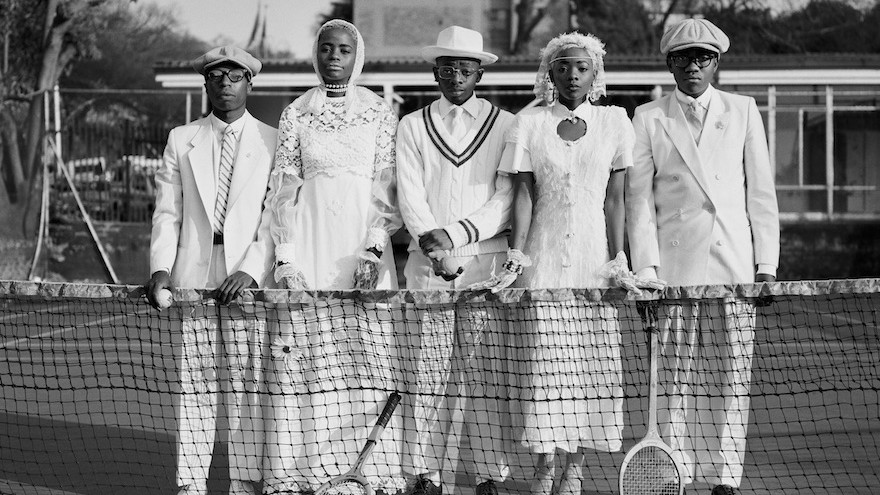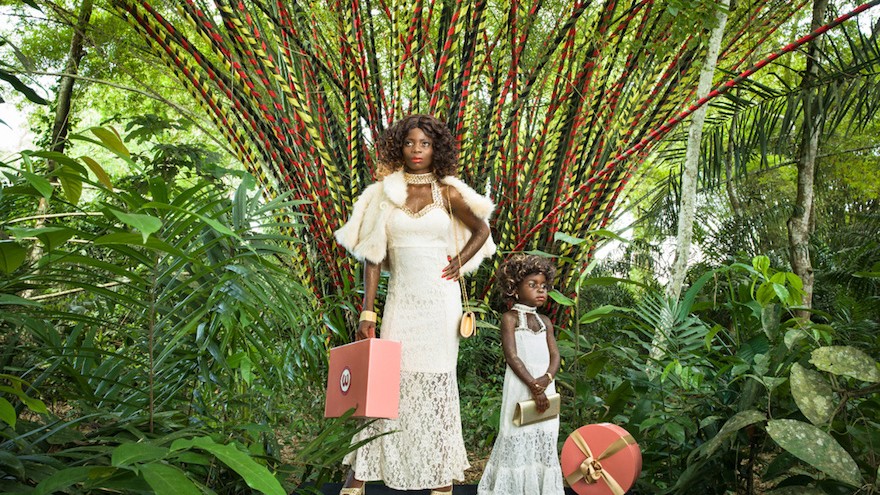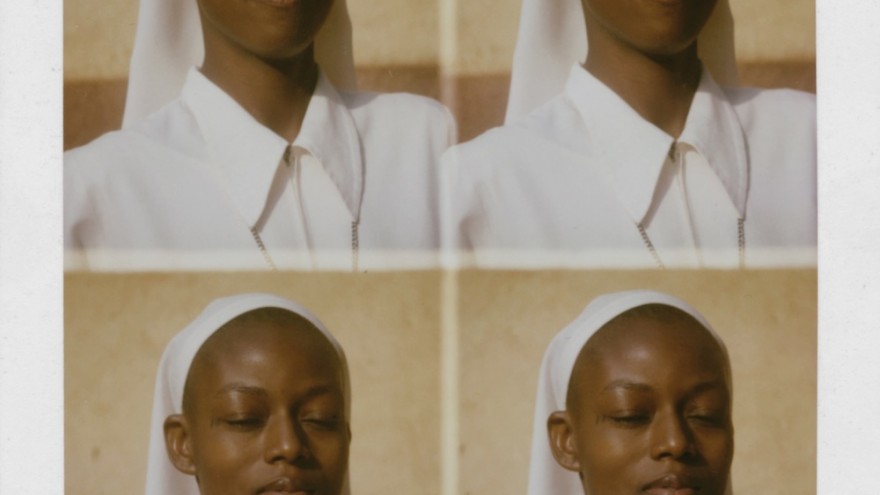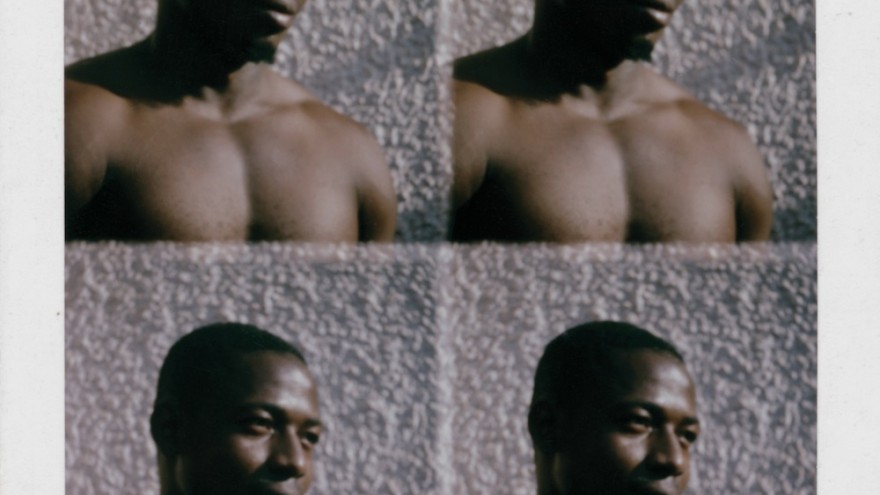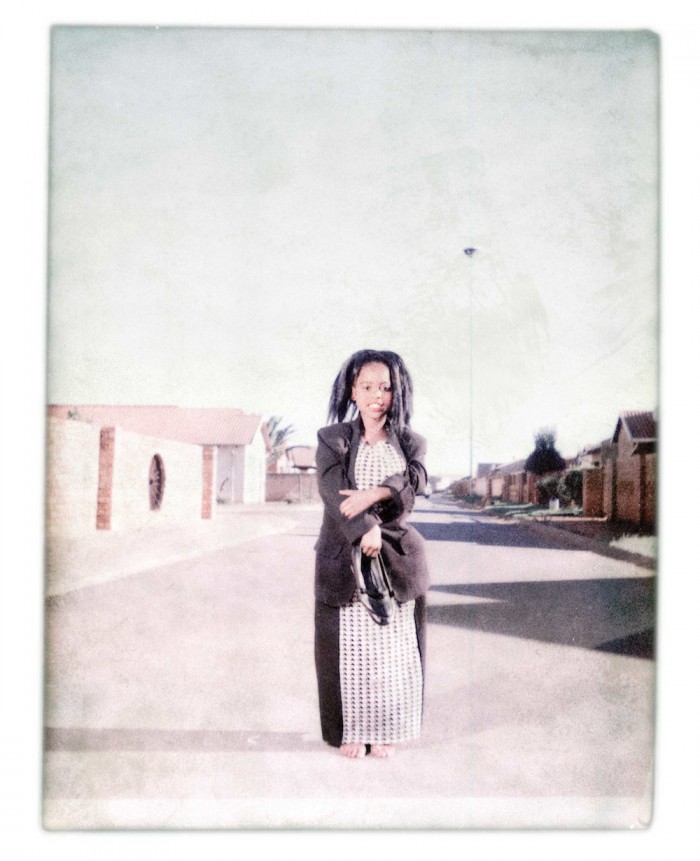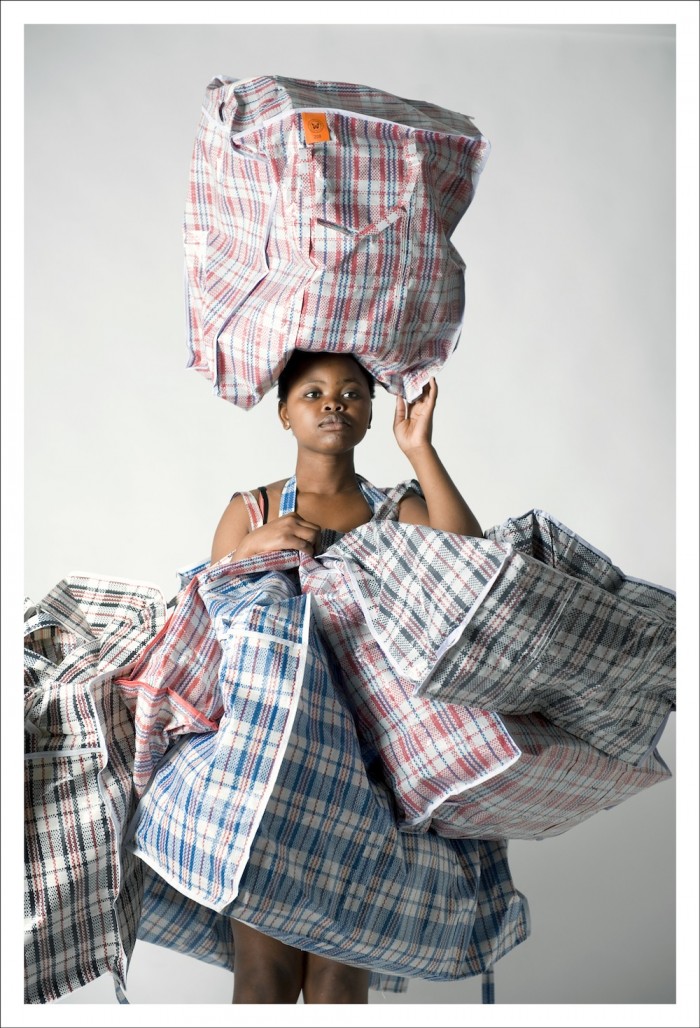The sixth iteration of LagosPhoto Festival, entitled Designing Futures, looks at the ways in which we discuss our past, present and future through design and making in Africa. History, circumstance and fantasy are all significant themes of the photography work that is being exhibited this year. An imagined future Africa is portrayed in portraiture, journalistic and conception imagery, and advertising.
The LagosPhoto Festival opened last weekend and runs for a month with a programme that includes exhibitions, workshops, presentations and screenings. This year, 35 photographers across 18 nations are represented. Spanish photographer Cristina de Middel is this year’s curator, saying: “Making a plan is designing your future, crossing your fingers, praying… a pony tail, a choreography, the shape of countries like Mali.”
The gallery of images above features a selection of the work of these diverse talents. Here are a few introductions to some of the photographers included in this year’s selection.
Chris Saunders: Pantsula
Isipantsula is South Africa’s predominant township subculture. From its roots in the Sophiatown jazz culture of the 1950s, it developed in the 1970s to become the main expression of youth culture in the townships. It is both a mindset and lifestyle, expressed through language, music, dress code, and a narrative dance form: “Pantsula”. Saunders’ series "Pantsula" sets out to document the living legacy of this vibrant and fascinating street culture that has shaped the identity of generations of young people in South Africa. The pictures document the movements, both literal and figurative, of the different pantsula dance groups and dancers in their environments, and tell the contemporary story of pantsula in and around Johannesburg’s townships.
Fabrice Monteiro: The Prophecy
The Prophecy project is the result of a co-operation between photographer Fabrice Monteiro, Senegalese fashion and costume designer Doulsy (Jah Gal), and the Ecofund organisation, which made the project viable through crowdfunding. Shot at ten representative polluted locations in Senegal, this series of surreal photographs raises a warning for the Senegalese people in a powerfully threatening way. The costumes of the ghostly figures portrayed, which were partially made from garbage, reflect the atmosphere and state in which each location was found. A photographic series of his The Prophecy was included in the exhibition Making Africa: A Continent of Contemporary Design at the Vitra Design Museum in Weil am Rhein, Germany, in 2015.
Alice Smeets: The Ghetto Tarot
"The Ghetto Tarot" is a photographic interpretation of the well-known traditional Rider-Waite-Smith Tarot deck. Set in the Haitian ghetto, these fresh scenes were inspired by those originally created in 1909 by the artist Pamela Colman-Smith. To read more about this series, have a look at the article we published on Alice Smeets.
Marco Casino: Penny Penny
The Penny Penny is an annual commemoration that takes place on 5 November in South African townships. It grew out of Guy Fawkes Night, which was celebrated in the Commonwealth countries and hailing from Great Britain. Over the years, white South African stopped to celebrate that day, however in townships this tradition is still alive and instead of popping fireworks, children and teenagers have developed their own traditions by dressing up in their mother’s best clothes, running around the neighborhood, singing and asking for money. It’s still unclear how or why the cross-dressing custom developed.
The pictures for "Penny Penny" were mostly shot in Katlehong, a southeast Johannesburg township. Most of the people don’t know the origins of that celebration and it is often associated with homosexual rights movement. This series of formal portraits is part of a long-term project on the first South African born-free generation, and aims to show the phenomenon through a documentary approach mixed to a fake-fashion visual language.
Nobukho Nqaba: Unomgcana
Unomgcana or Umaskhenkethe is the Xhosa word for the plastic mesh bag, which is made in China. Unomgcana means “the one with lines” and Umaskhenkethe means “the traveler”. In South Africa the bag is more commonly known as China bags, Zimbabwe bags, Khumbulekhaya bags or Mashangaanbag. These bags are ubiquitous and go by many names: the “Ghana must go home” bag in Nigeria, Bangladeshi bag in the UK, Turkish bag in Germany, Mexican bag in the US and Guyanese Samsonite in the Caribbean. These alienating names reveal something of the anxiety expressed towards the carriers of these bags in the communities they relocate to. These bags have become global symbols of migration - not only across borders but also within countries. They are objects that carry a home and act as a means of survival for one who does not have much.

